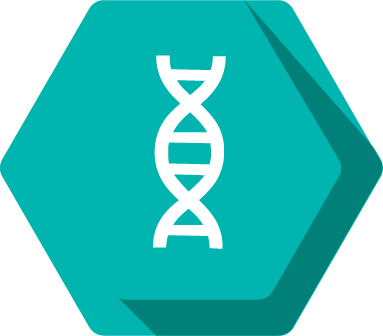Ilma Rovcanin

Pronouns: she/her/hers
Research Mentor(s): Bo Duan, Assistant professor
Research Mentor School/College/Department: Molecular, Cellular, and Developmental Biology, College of Literature, Science, and the Arts
Presentation Date: Thursday, April 22, 2021
Session: Session 6 (4pm-4:50pm)
Breakout Room: Room 7
Presenter: 1
Abstract
Temperature sensing is necessary for homeostatic regulation, probing the environment for pleasant or aversive cues, and must be reliable across a broad range of temperatures. Under normal conditions, cool temperatures are not painful. However, patients suffering from chronic pain perceive normally innocuous cool temperatures as an unbearably painful sensation known as cold allodynia. How innocuous cool temperatures are signaled in the spinal cord has not been well studied. This study aims to uncover the basic neuronal components necessary for cool temperature transmission in the dorsal horn of the spinal cord. To accomplish this, an intersectional genetic strategy was implemented to ablate several different cell-type markers in the dorsal horn, then tested for temperature sensing impairments. Interestingly, Calbindin 1 (Calb1) neurons, which are mostly local interneurons, were necessary for the detection of cool but not cold stimuli. Calb1 is a heterogeneous population. Using In Situ Hybridization and immunohistochemistry, the Calb1 population was characterized based on markers for excitatory/inhibitory neurons, laminae layer, and somatosensory neurons for pain and itch. By understanding these different subpopulations, the role Calbindin 1 neurons play in transmitting cool and cold sensations can be further investigated. This study provides insight into the neural basis of cool temperature transmission in the spinal cord, which may lead to treatments for patients suffering from cold allodynia.
Authors: Ilma Rovcanin, Lorraine Horwitz, Bo Duan
Research Method: Laboratory Research with Animals






